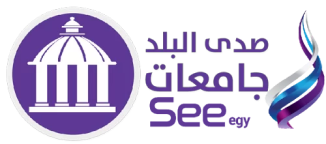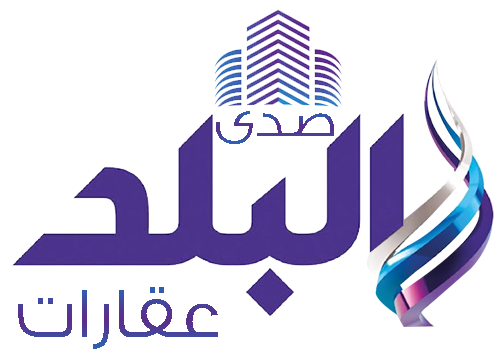The economy is one of the visible and tangible activities, and optimism or pessimism about it should not be based on “personal impressions” or preconceived political positions and attitudes.
It must instead be assessed by reading the fundamental indicators that reveal the upward or downward trends, their sustainability, and the extent of their improvement.
These are well‑known and widely accepted indicators. The most important among them are the GDP growth rate, followed by inflation and unemployment rates, the stability of the foreign exchange market, the size of foreign currency reserves and their coverage of essential imports for several months, and the budget deficit ratio compared to the overall size of the national economy.
I believe that everyone—experts and non‑experts alike—can see that we are at the beginning of a rising and positive “economic cycle,” God willing.
And while it is acceptable for some to focus on the “half‑empty cup,” one should not continue to pout and discourage those who are working hard and exerting extra effort to improve the well‑being of the nation and its people.
Yes, we are all “patriotic,” we love our Egypt dearly, and we wish to see her in the best possible position. As the old saying goes, “the opposition strengthens the negotiator’s hand.” But when it comes to the economy, there are facts, figures, and indicators that reveal future directions, such as:
- Foreign currency inflows from various sources have exceeded our monthly needs, leading to an increase in the country’s foreign reserves, reaching around 50 billion USD.
- The surplus of foreign assets jumped to 18.5 billion USD by the end of July, up from 14.7 billion at the end of last May.
- Remittances from Egyptians abroad rose to 36.5 billion USD in the last fiscal year, compared to around 22 billion the year before. The good news here is that these rising inflows are not just a temporary “spike,” but rather steady, monthly, and growing at diversified sources—including tourism revenues, which rose to nearly 15 billion USD from 12 billion three months prior, as well as net foreign direct investment reaching about 10 billion USD by the end of June.
- Non‑commodity exports such as textiles, fruits, and vegetables climbed to 25.6 billion USD compared to 19.5 billion in the same period last year.
- External debt dropped to around 155 billion USD, after having been 168 billion. Notably, 82% of this debt—about 127 billion USD—is medium and long term.
Domestic indicators
The improvements in foreign currency inflows and activities such as exports and tourism have been mirrored internally—though to different degrees. Inflation has dropped to below 14%, unemployment fell to around 10%, and government public debt has fallen to less than 14 trillion Egyptian pounds, representing around 86% of GDP, which exceeds 20 trillion pounds.
Moreover, the state budget achieved a primary surplus—the difference between revenues and expenditures excluding debt installments and interest—of about 930 billion EGP, equivalent to more than 186 million USD.
The importance of this surplus lies in its function as an indicator of the economy’s and the budget’s capacity to generate resources and surpluses that can be directed to other uses, particularly paying off domestic and external debts.
Additionally, it is expected that economic bodies will achieve surpluses of up to 170 billion EGP by the end of the current fiscal year, after having incurred losses in the previous year.
A promising economic cycle
All of these external and internal indicators reveal that we are at the beginning of a promising economic cycle, one that must be seized to tackle long‑standing structural imbalances in the national economy, such as the chronic gap between imports and exports.
It also provides the opportunity to reduce the budget deficit, lower overall public debt and its servicing costs. This can only be achieved through continued coordination between fiscal and monetary policy. Fiscal policy aims to achieve economic stability and social justice by supporting safety nets and increasing public investment in partnership with the private sector. Its success is measured by its ability to raise employment and GDP growth rates and generate more foreign currency. Monetary policy, led by the Central Bank, focuses on stability, securing the financing needed for various economic activities, combating inflation, and maintaining or reducing prices.
I believe the Central Bank’s recent 2% interest rate cut fits well in this direction, providing cheaper financing for existing and new investments, which ultimately reduces production costs and lowers product prices.
But this must be accompanied by an increase in the domestic household savings rate, from the current 13% to around 20% (or higher) over the next three years. Savings represent income that is not consumed immediately but directed towards investment and future use. At present, many people channel their savings into real estate or gold, considering them “stores of value” or hedges against time.
However, it is well known that directing these savings into productive activities not only increases employment and reduces unemployment, but also raises the supply of goods and services, generating continuous capital circulation instead of stagnation.
Yes, we have all suffered from low incomes and high prices for basic needs in the past. But what does the massive demand for real estate and the soaring price of gold really mean?
For context: the savings rate in Algeria reached 42% and in Iraq 40% in 2022.
We still suffer from some chronic problems such as the budget deficit, the trade balance deficit, and the high public debt.
Nevertheless, should we not also recognize that Egypt has rebuilt a modern infrastructure across its entire territory—roads, railways, power stations, water desalination and wastewater treatment plants, as well as transport systems that connect the whole country together? Not to mention the New Delta project, which will cover domestic needs for essential food and allow surplus exports.
Be optimistic—the future will be brighter, God willing.












